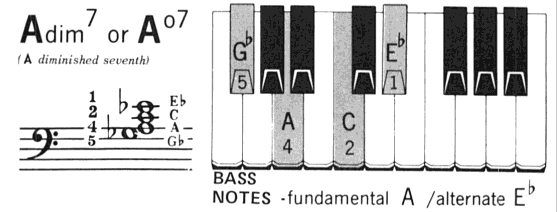These agreements provide lessons everything you learn to play chords. We’ll start with the base from the piano chords chart and before you know it, you’ll be able to play your favorite song it be pop, rock, funk, or anything else that comes to mind.
Chords every piano and keyboard player should know the basic chords are major, minor, augmented and diminished, and seventh chords. These agreements are the most common and are relatively easy to play.
These agreements are the root notes root C identifies Others are possible to implement these agreements. For example, a C-major (C, E, G), D. This will be implemented in a D major chord (D, F, A) results.
These agreements are set up by musical intervals. Any agreement:
A keynote
A note a major third (M3) or minor third (m3) of the root
A note a perfect fifth fifth (P5), augmented fifth (A5) reduces or above the root
And a note seventh chords in the major seventh (M7), seventh (M7) have, or diminished seventh (d7) above the root.
Basic agreements:
Major – Root, M3, P5
Minor – Root, M3, P5
Augmented (Aug) – Root, M3, A5
Root, m3, d5 – diminished (dim)
Seventh chords:
7 – Root, M3, P5, M7
M7 – Root, M3, P5, M7
M7 – Root, M3, P5, M7
dim7 – Root, m3, D5, D7
half dim7 – Root, m3, d5, M7
Example:
If we choose a major chord, for example, begins with the selection of a known root. We can choose one of 12 tones, but in this case you would choose, G. The next clue we need is a major third (M3) to the root, which would be in this case the note B, the last thing we need is to be a perfect fifth above the fundamental, which would in this case to note D. Now we have all three notes of our agreement with major: G, B and D.



Leave a comment